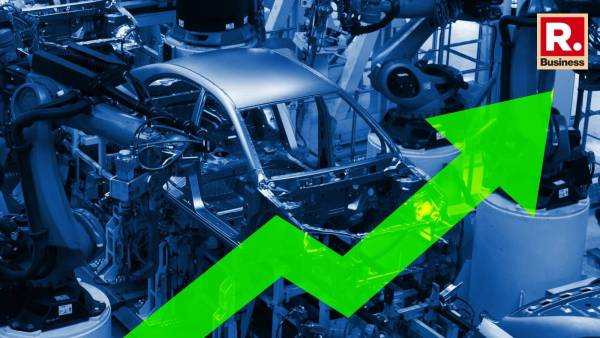
India’s US$ 74 billion auto component ecosystem is entering a phase of structural reset as a combination of GST reforms, targeted customs duty changes and a deeper Indo–Japan economic partnership begins to redefine the country’s manufacturing and export landscape. A new whitepaper by Grant Thornton Bharat and the Indo-Japan Chamber of Commerce and Industry (IJCCI) highlights how these shifts are influencing cost structures, investment flows and long-term competitiveness across the sector.
According to the report, the automotive industry — which accounts for 7.1% of India’s GDP and nearly half of its manufacturing GDP — produced 28 million vehicles in 2024, up 8% from the previous year. Vehicle exports crossed 4.5 million units, supported significantly by Japanese automakers whose cumulative investments in India have reached US$ 43.3 billion, making Japan the country’s fifth-largest source of FDI.
A major inflection point arrived with the rollout of GST 2.0 in September 2025. The revised structure slashed GST on small cars and motorcycles under 350cc to 18% from the earlier 28% plus cess, leading to price cuts of up to INR 1 lakh on select models. Premium vehicles, including SUVs and large motorcycles, were brought under a flat 40% slab, while EVs retained the preferential 5% rate. The impact was immediate: bookings in the small-car category surged nearly 50%, signalling a strong demand revival.
Customs duty adjustments announced in the 2025 Union Budget further strengthened the policy push. Exemptions on lithium-ion battery scrap and key minerals such as lead and copper aim to stabilise raw material availability for the EV industry. Tariff relaxations on capital goods used in battery manufacturing and reduced duties on CKD/SKD units of high-capacity vehicles are expected to support localisation, cost efficiency and the broader Atmanirbhar Bharat agenda.
Grant Thornton Bharat partners Sohrab Bararia and Saket Mehra note that the convergence of GST rationalisation, import-duty incentives and Japan-led manufacturing collaboration is positioning India as a stronger production and export base for next-generation mobility. The India–Japan CEPA, along with frameworks such as the India-Japan Industrial Competitiveness Partnership and the India-Japan Digital Partnership, is now driving innovation in EV technologies, connected mobility and AI-enabled manufacturing.
Capacity building is also accelerating. Through initiatives like the Japan-India Institute for Manufacturing and Japanese Endowed Courses, more than 30,000 engineers are being trained in Japanese production standards — a critical input as the ecosystem shifts towards high-precision, technology-intensive components.
Industry stakeholders also point to the vital role of operational schemes such as MOOWR, EPCG, Advance Authorisation and RoDTEP in easing input costs and boosting export competitiveness.
With car exports to Japan touching US$ 616 million in the first nine months of FY25 and auto component exports reaching US$ 171.7 million in 2024, the report suggests India is now poised to scale its global footprint. The next phase of growth, it concludes, will hinge on sustained regulatory alignment, deeper Indo-Japan collaboration and an accelerated transition toward clean, advanced manufacturing.
Contact to : xlf550402@gmail.com
Copyright © boyuanhulian 2020 - 2023. All Right Reserved.